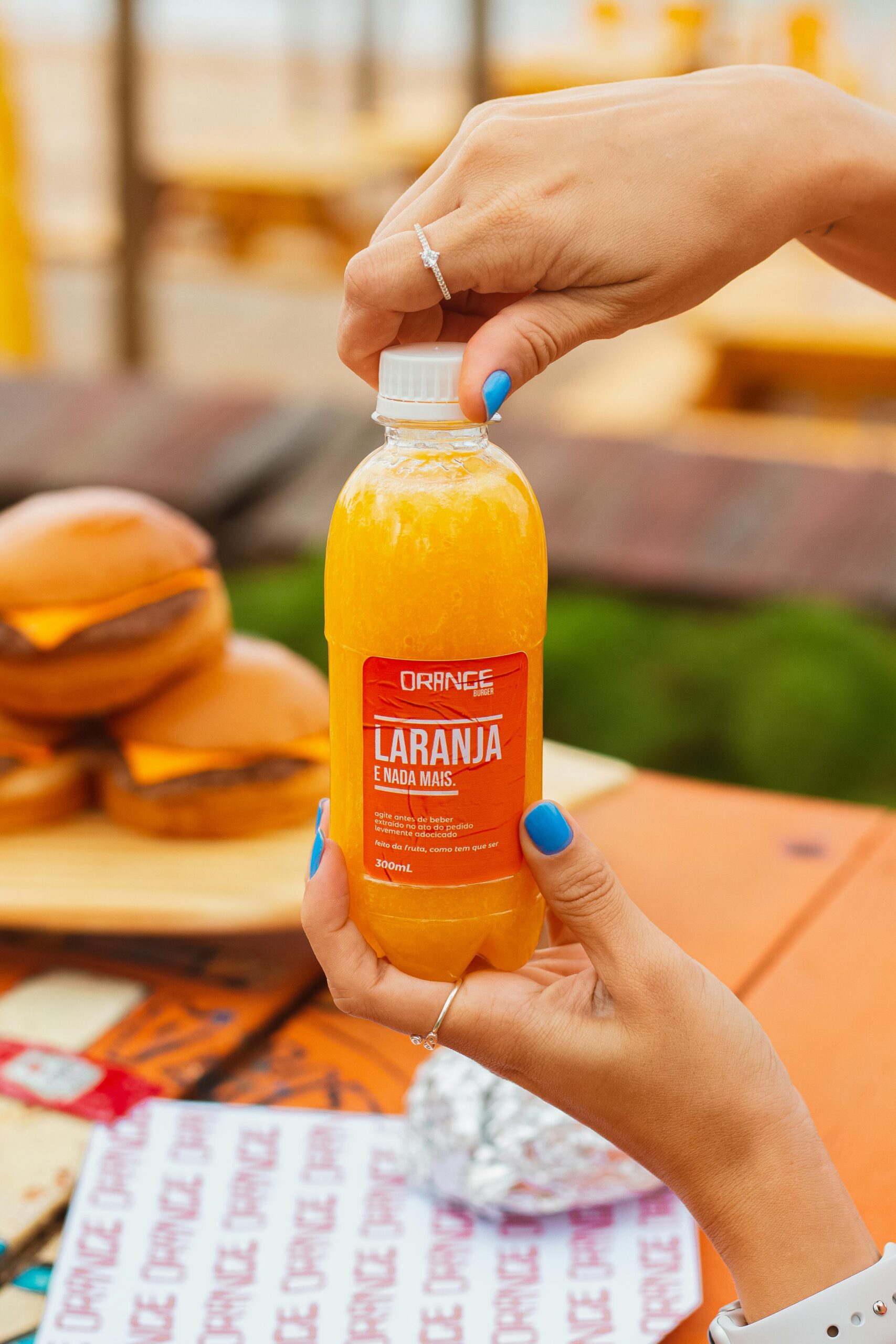(image credit: by Lucas Andrade)
Think that “100% juice” label means your drink is fresh-squeezed fruit in a bottle? Think again. From concentrates to cocktails, we’re breaking down the juicy truth behind what’s actually in your juice—and how to read the labels like a pro.
Juice Labels: Not as Straightforward as They Seem
We all like to think we’re making healthy choices, especially when we reach for a bottle labeled “100% juice.” It sounds like the real deal, right? Pure fruit in liquid form. But the reality is more complicated. That bottle of orange juice or apple juice might have come from fruit harvested months ago—and it may have been reconstituted from concentrate stored in vats the size of swimming pools.
What Does “100% Juice” Really Mean?
In the U.S. and many countries, “100% juice” simply means that everything in the bottle comes from fruit or vegetable juice. There are no added sugars, sweeteners, artificial flavors, or other non-juice ingredients. But that doesn’t mean it’s fresh or unprocessed. Most 100% juice is:
Pasteurized to kill bacteria and extend shelf life.
Made from concentrate, meaning water was removed and later added back.
Blended to ensure a consistent taste year-round using stored juice bases.
So, yes—it’s technically all juice. But not quite like squeezing an orange in your kitchen.
Juice “Drinks,” “Cocktails,” and “Blends”: What’s the Difference?
Once you leave the realm of 100% juice, the labels get trickier—and sugar levels go up fast.
Juice Drink or Juice Beverage: These typically contain 10–50% juice, with the rest being water, high-fructose corn syrup, and other flavorings.
Juice Cocktail: Often around 5–15% juice. These are more about taste than nutrition.
Juice Blend: A mix of juices—sometimes with vegetable juice snuck in to boost nutrients, or with flavors added to mask lower juice content.
Always check the ingredient list and % juice content listed near the Nutrition Facts to see what you’re actually drinking.
Why This Matters
Marketing can make sugary drinks look healthy just by splashing “juice” on the label. That’s why understanding these terms matters, especially for parents buying for kids or anyone trying to reduce sugar intake. Even 100% juice is naturally high in sugar and calories, so moderation is key.
For example:
An 8oz glass of 100% apple juice = about 24g of natural sugar, nearly the same as a can of soda.
Juice cocktails? Even more sugar—and it’s often added, not natural.
Label Literacy: How to Outsmart the Juice Aisle
Here’s a quick guide to reading juice labels smartly:
Look for “Not From Concentrate” if you want fresher juice (but it may still be pasteurized).
Check the ingredient list for added sweeteners, even in “natural” juices.
Watch serving sizes—some bottles labeled “1 serving” actually contain 2 or more!
Don’t be fooled by “all-natural”—it’s not a regulated term and doesn’t mean no additives.
Fresh Isn’t Always in the Bottle
While juice can be a tasty part of your diet, knowing how to decode labels helps you make more informed choices. Whether you’re looking for a real health boost or just love the taste, the best juice choice is one you understand.
Next time you pick up a bottle that says “100% juice,” ask yourself: From where, and how long ago?


